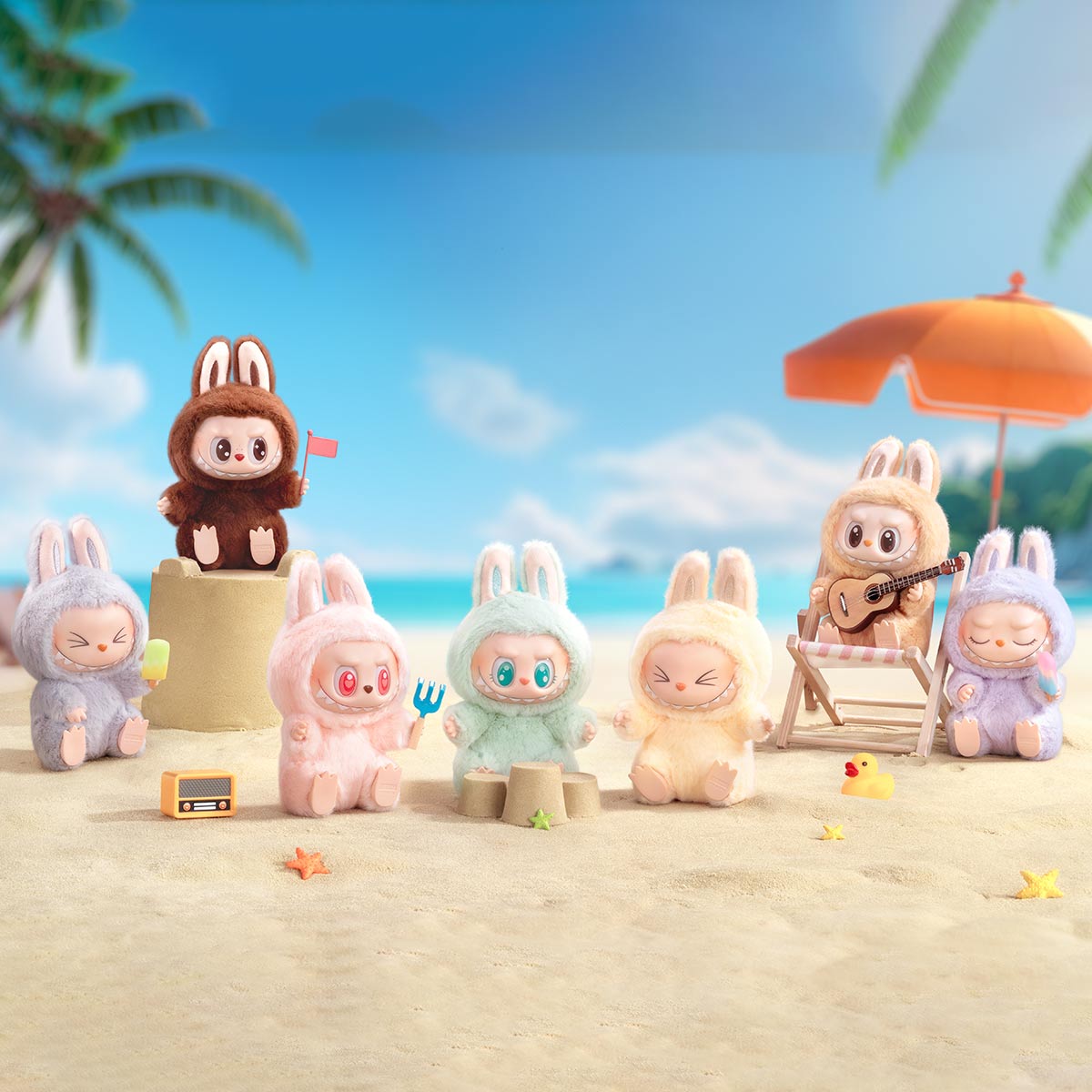
Labubu, one of the most sought-after collectible figures from the POP MART series, has taken the global toy-collecting community by storm. With its quirky design, limited Labubu releases, and cult-like fan following, Labubu has quickly become a centerpiece in the designer toy world. In Canada, the demand for Labubu figures has surged over the past few years, leading to the rise of a secondary market that thrives on exclusivity, rarity, and the nostalgia-driven culture of collectible trading.
The resale and pricing trends surrounding Labubu in Canada highlight a fascinating intersection of consumer behavior, global supply chains, and the emotional attachment collectors have to limited-edition art toys. This blog explores the Canadian Labubu marketplace, looking closely at how resale works, what drives pricing trends, and how the future might unfold for this collector’s favorite.
The Popularity of Labubu in Canada
Labubu, created by the artist Kasing Lung, first gained traction in Asia before expanding globally through POP MART’s blind box distribution system. The mystery element of blind boxes means collectors rarely know which figure they are purchasing until it is unboxed, adding excitement and rarity to the collecting experience.
In Canada, the toy-collecting culture has always had a strong presence, fueled by conventions, anime expos, and dedicated online communities. Labubu resonated deeply with Canadian collectors because of its whimsical, slightly eerie design that distinguishes it from traditional toys. Canadian POP MART stores and pop-ups in cities like Toronto, Vancouver, and Montreal have seen long line-ups for new Labubu series launches, proving that the demand is far from slowing down.
How the Resale Marketplace Operates
The resale marketplace for Labubu in Canada operates primarily through online platforms, private groups, and convention meetups. Collectors often use platforms like eBay, Facebook Marketplace, Instagram shops, and Discord communities to buy, sell, or trade Labubu figures. Some resale shops specializing in collectibles have also begun stocking Labubu, sourcing figures directly from overseas or through Canadian collectors who purchase extra blind boxes.
What makes the Canadian market unique is its relatively smaller supply compared to Asian markets. Because official POP MART stores are limited in number in Canada, many fans rely on imports, which makes some figures significantly rarer domestically. This scarcity fuels the resale scene, as collectors are willing to pay premiums to complete their sets or acquire rare designs.
Factors Driving Pricing Trends
Several factors influence the resale pricing of Labubu figures in the Canadian marketplace:
Rarity of the Figure
The rarer a Labubu figure, the higher its resale value. Secret or “chase” editions, which often have a much lower production ratio compared to common designs, can sell for multiple times their original retail price.
Condition and Packaging
Collectors are meticulous about condition. A mint-in-box Labubu, with its packaging untouched, usually commands higher resale prices compared to opened or display-only figures.
Release Exclusivity
Special edition Labubu figures tied to events, festivals, or collaborations with artists or brands often see inflated resale values. These releases are hard to obtain in Canada, and collectors may have to pay hefty markups to import them.
Community Demand
Pricing trends are not static; they evolve based on what collectors are currently interested in. Certain series of Labubu gain sudden popularity after online buzz, influencer promotion, or nostalgia kicks in, causing spikes in resale prices.
Price Ranges in the Canadian Resale Market
The resale value of Labubu in Canada varies significantly depending on rarity and condition. Standard Labubu figures, which retail for around CAD $20–$25 in blind boxes, often resell in the range of CAD $35–$60 if in mint condition. Rare chase figures, on the other hand, can fetch anywhere between CAD $150 to $500 or more, depending on the series and collector demand.
Event-exclusive or limited-edition Labubu figures are in an entirely different league. Some of these can command resale values exceeding CAD $1,000, particularly if the figure is sealed and accompanied by authenticity cards. While these prices may seem high, dedicated collectors view them as investments, much like art pieces, with the expectation that scarcity will drive even greater value over time.
Canadian Collectors and Community Culture
One of the defining aspects of the Canadian Labubu marketplace is the strong sense of community among collectors. Online groups allow fans to connect, trade, and discuss new series releases. These communities not only facilitate transactions but also create a culture of trust and shared enthusiasm. Many Canadian collectors value fair trading over profit, ensuring that others have the chance to enjoy Labubu figures without excessive price inflation.
Conventions like Toronto Comic Arts Festival, Fan Expo Canada, and Vancouver’s anime and toy shows also serve as hotspots where Labubu enthusiasts gather. Trading events at these conventions allow for in-person exchanges, which bypass shipping risks and provide opportunities for collectors to showcase their prized pieces.
The Role of Globalization in the Market
Globalization plays a critical role in the Canadian Labubu resale landscape. Many figures purchased in Canada are imported directly from Asia, where POP MART releases often happen earlier and in larger volumes. Collectors frequently engage with international sellers, and Canadian resellers often ship globally to reach broader audiences.
This interconnected market means Canadian prices are heavily influenced by global pricing trends. If a Labubu figure skyrockets in value in Hong Kong or Japan, Canadian resale prices often follow suit. On the other hand, shipping costs, customs duties, and currency fluctuations add extra layers to pricing trends, making the Canadian market slightly more expensive compared to some Asian regions.
The Future of Labubu Resale in Canada
As POP MART continues to expand globally, with plans to increase store presence in North America, the Canadian Labubu marketplace will likely see significant shifts. On one hand, greater accessibility could stabilize prices for standard figures by reducing scarcity. On the other, exclusive releases and limited editions will likely continue to drive the high-end resale market.
Another key trend is the digitalization of collectibles. With the rise of online platforms and blockchain-based collectibles, there is potential for Labubu to extend into digital realms. If POP MART ventures into NFTs or augmented reality tie-ins, the Canadian market could see new pricing dynamics, blending physical and digital collecting cultures.
Moreover, as younger generations in Canada become more invested in designer toys, the Labubu fan base is expected to grow. This generational interest will ensure that resale markets remain active, with demand keeping prices strong, particularly for the rarer and older series that will become even harder to find over time.
Conclusion
The Canadian Labubu marketplace represents more than just a resale economy—it is a reflection of art appreciation, community culture, and the psychology of collecting. Pricing trends in this market are shaped by scarcity, condition, exclusivity, and global influences, making it a dynamic and evolving space.
For Canadian collectors, Labubu is more than just a toy; it is a treasured art piece, a part of pop culture history, and in many cases, an investment. As the marketplace continues LABUBU Box to grow, both newcomers and veteran collectors will find themselves navigating a world where creativity, rarity, and community spirit drive not only the value of the figures but also the joy of collecting itself.


